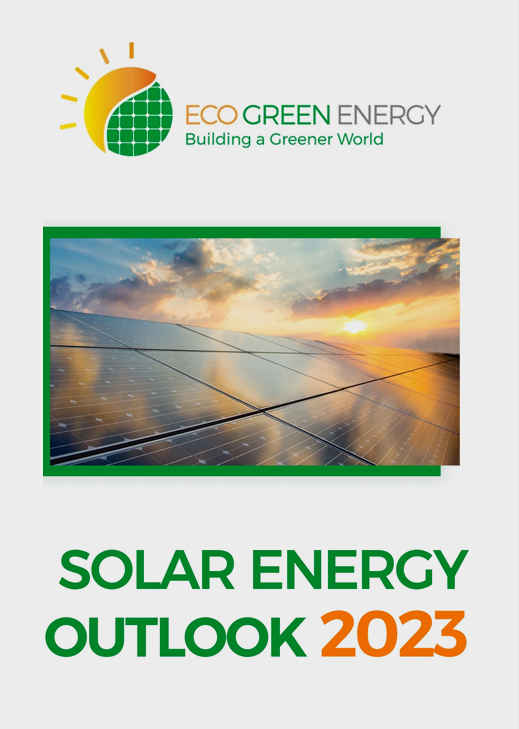How Hydropower Works
At its core, hydropower relies on the simple principle of gravitational force. Water flowing from a higher elevation is directed through turbines, which spin as the water passes through, turning mechanical energy into electricity via a generator. This process is typically facilitated by dams, which create a significant elevation difference, or by diversion structures that guide water from rivers, canals, or pipelines to hydropower stations.
The flow of water through the turbine generates power by converting the potential energy of the elevated water into kinetic energy and, ultimately, electrical energy. What makes hydropower particularly valuable is its ability to provide reliable, on-demand electricity. When the electricity grid experiences higher demand or potential disruptions, hydropower plants can ramp up quickly, supplying the necessary power. This flexibility and speed in response to grid needs make hydropower a critical resource for grid stability.
The Role of Hydropower in Grid Stability and Energy Security
One of the most significant advantages of hydropower is its ability to provide baseload and peak-load power generation, ensuring the reliability and stability of electricity grids. Unlike many other renewable sources, such as wind and solar, which are intermittent by nature, hydropower can adjust output almost instantaneously. Hydropower plants can quickly ramp up or down in response to changes in demand, making them an essential backup during power outages or disruptions caused by extreme weather events, equipment failure, or other grid issues.
In fact, hydropower’s rapid response capabilities often allow it to support the integration of other renewable energy sources by filling in the gaps when solar or wind power is unavailable. This makes hydropower not just a source of electricity but also a key player in creating a more resilient and secure energy grid for communities across the country and around the world.
Hydropower Beyond Large Dams
When people think of hydropower, they often picture monumental structures like the Hoover Dam, which harnesses the power of the Colorado River. While large facilities like Hoover Dam are vital contributors to the renewable energy landscape, hydropower comes in many sizes and types. Some hydropower systems are small, making use of existing water infrastructure—such as pipelines, irrigation canals, or wastewater treatment facilities—to generate electricity. These smaller systems are known as “micro” or “small-scale” hydropower plants and can be especially effective in rural areas or places where large-scale infrastructure isn’t feasible.
This flexibility is an important feature of hydropower, as it allows the technology to be adapted to a variety of environmental and infrastructural contexts. In fact, one of the greatest untapped opportunities in hydropower development lies in the potential to retrofit existing dams that were originally built for other purposes—flood control, water storage, navigation, and recreation. Across the United States, there are more than 90,000 dams, but less than 3% of them generate electricity. By adding power-generating turbines to these non-producing dams, the country could significantly increase its hydropower capacity without the need for major new infrastructure projects.
The Promise of Pumped Storage Hydropower (PSH)
Another key advancement in hydropower technology is pumped storage hydropower (PSH), which has emerged as the largest contributor to energy storage in the United States. Pumped storage is a unique form of hydropower that helps balance supply and demand on the electricity grid, making it a crucial tool for integrating intermittent renewable sources like wind and solar.
In a pumped storage system, two reservoirs are used: one at a higher elevation and one at a lower elevation. During times of low demand or excess energy production (such as when solar or wind energy generation is high), surplus electricity is used to pump water from the lower reservoir to the higher one. Then, when demand spikes, the stored water is released back down to the lower reservoir, flowing through turbines to generate electricity.
PSH offers an ideal solution to the problem of energy storage, helping to smooth out fluctuations in electricity supply and demand. It acts as a massive “battery” for the grid, ensuring that electricity is available when it’s needed most, even if renewable generation is low.
Expanding Hydropower’s Potential
The potential for expanding hydropower capacity is vast. According to recent studies, adding power generation to the thousands of non-producing dams in the U.S. could increase hydropower generation by as much as 10%. Likewise, expanding the use of pumped storage hydropower could provide additional grid stability and storage capacity as the nation transitions to more renewable energy sources.
However, while the potential is enormous, it is not without its challenges. Environmental concerns, including the impact of large dams on ecosystems and fish migration, must be carefully considered and addressed. In addition, permitting and regulatory hurdles can slow down the process of upgrading existing dams or constructing new hydropower facilities. But with careful planning and investment, these challenges can be overcome, and hydropower can continue to play a vital role in the global effort to reduce carbon emissions and fight climate change.
As the world increasingly turns to renewable energy sources to combat climate change, hydropower remains one of the most reliable and versatile solutions. From large-scale dams to small, innovative systems that tap into existing water infrastructure, hydropower offers a wide range of opportunities to enhance grid stability, provide backup power, and ensure a reliable, clean energy supply. As we look to the future, expanding and modernizing hydropower capacity—especially by retrofitting non-producing dams and investing in pumped storage hydropower—could be key to achieving a more resilient and sustainable energy grid.
With its ability to provide consistent, on-demand electricity, hydropower stands ready to be a cornerstone of the clean energy revolution—helping to build a more secure and sustainable energy future for generations to come.

